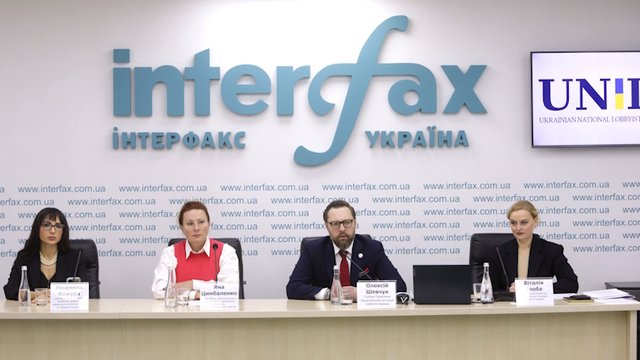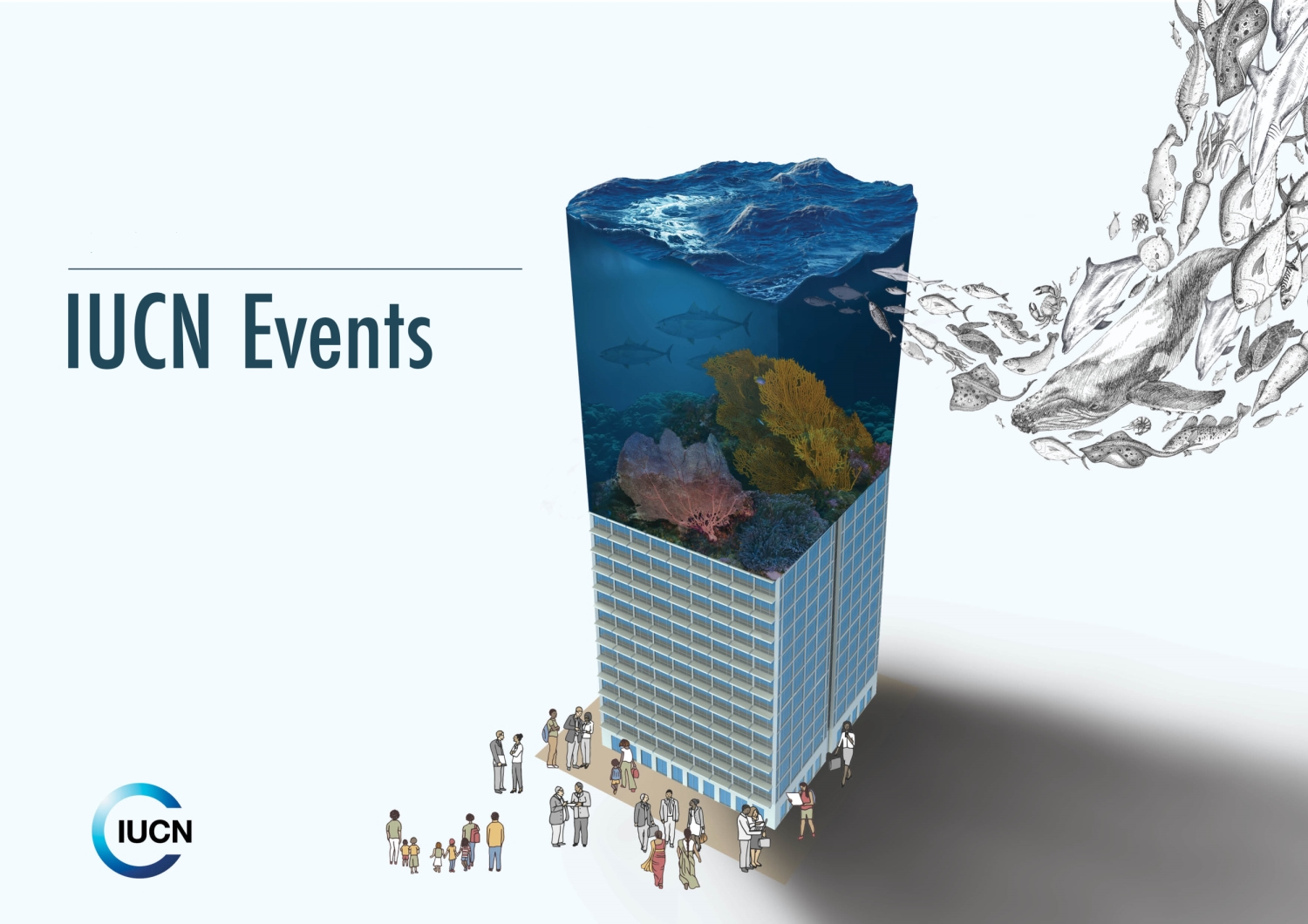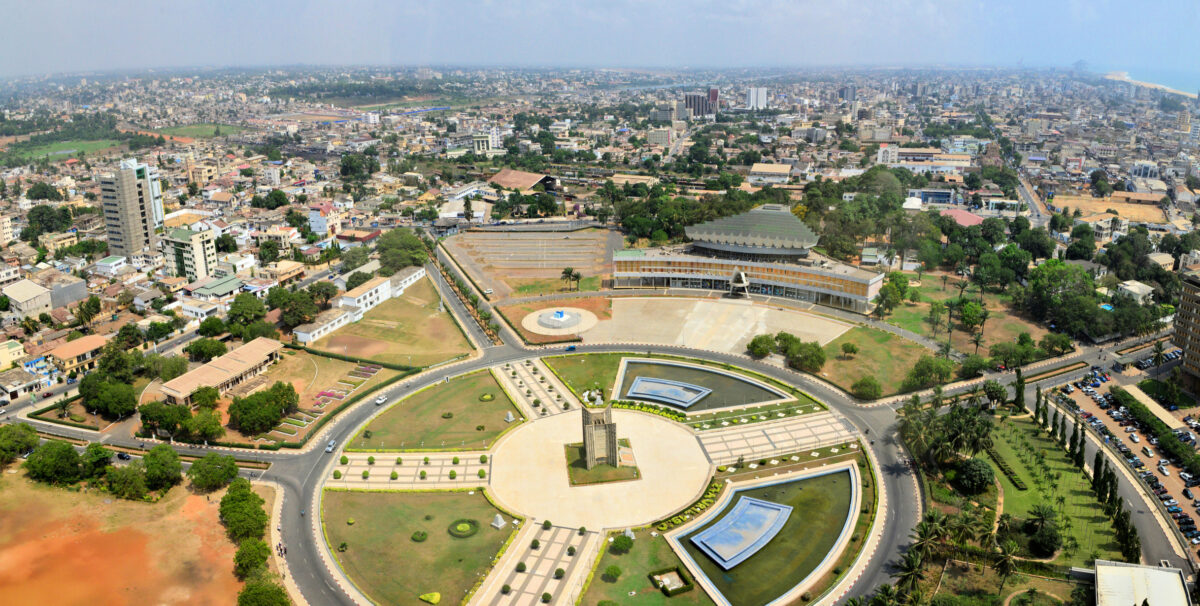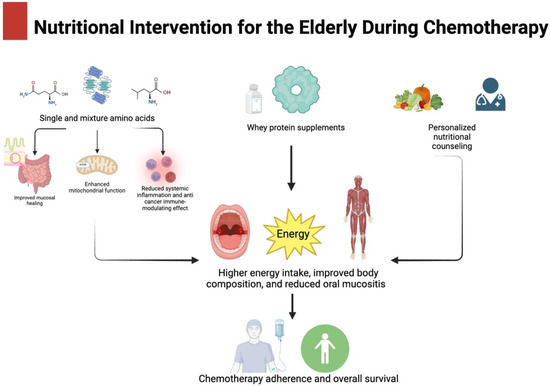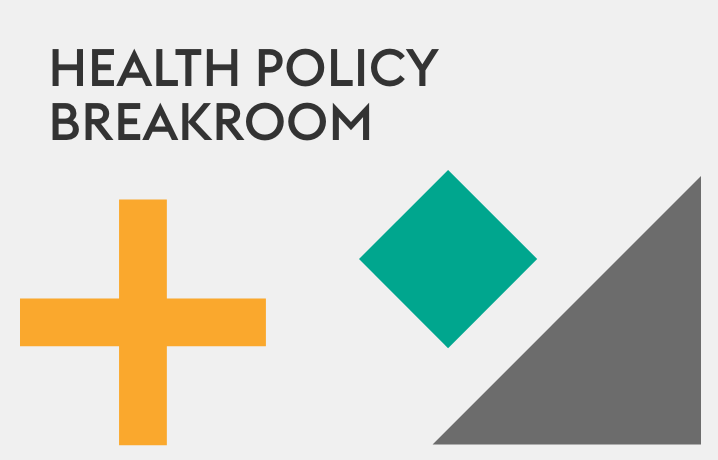HCMC aims to establish battery recycling center, join global green supply chain: chairman – Theinvestor

Ho Chi Minh City’s Strategic Green Transformation and Alignment with Sustainable Development Goals
A report on Ho Chi Minh City’s (HCMC) strategic initiatives to integrate into the global green economy, with a significant focus on achieving the Sustainable Development Goals (SDGs). The city plans to establish an electric vehicle (EV) battery recycling center, a cornerstone project in its broader green transformation agenda. This move is designed to enhance economic security, attract investment, and improve the city’s competitiveness as Vietnam’s primary economic hub.
Core Strategic Initiatives for Sustainable Urban Development
Establishing a Circular Economy Framework
- The planned establishment of an EV battery recycling center is a proactive measure to embed HCMC into the global green supply chain, directly supporting SDG 12 (Responsible Consumption and Production) by promoting advanced recycling and sustainable materials management.
- A fundamental shift is being promoted from a traditional waste-processing model to one that treats waste as a resource, a core principle of the circular economy. This includes prioritizing waste reduction, reuse, and source-level sorting.
- The development of waste-to-energy facilities serves the dual purpose of mitigating pollution and generating power, contributing to SDG 7 (Affordable and Clean Energy) and SDG 11 (Sustainable Cities and Communities).
Developing Sustainable Infrastructure and Transport
- The city is shifting its infrastructure focus from isolated construction projects to the creation of a smart, sustainable ecosystem centered on green energy.
- Metro Line 1 is envisioned not merely as a transport project but as the backbone of a multi-modal public transport network.
- This integrated system will feature electric buses, waterway transport, and other eco-friendly mobility solutions, directly advancing SDG 11 (Sustainable Cities and Communities) by providing accessible and sustainable transport systems and contributing to SDG 13 (Climate Action) by reducing urban emissions.
Fostering Innovation and Green Investment
- HCMC will prioritize investment in international-standard research centers and support startups developing technologies in environmental protection, energy, and new materials. This strategy is essential for achieving SDG 9 (Industry, Innovation, and Infrastructure).
- The business community is urged to perceive environmental regulations and green standards not as compliance burdens but as strategic opportunities for innovation, market expansion, and brand enhancement, thereby reinforcing SDG 8 (Decent Work and Economic Growth).
Challenges and Barriers to Achieving Green Transformation Goals
Despite the ambitious vision, HCMC faces several significant challenges in its green transition, as highlighted by the HCMC Green Business Association (HGBA).
Regulatory and Market Pressures
- Strict international regulations, such as the EU’s Carbon Border Adjustment Mechanism (CBAM) and comprehensive ESG standards from key markets, present major obstacles for Vietnamese businesses.
- The rise of “greenwashing,” where sustainability claims lack credible data, threatens to distort the market, create unfair competition, and erode trust, undermining progress toward SDG 12 (Responsible Consumption and Production) and SDG 17 (Partnerships for the Goals).
Technological and Financial Hurdles
- The high upfront costs of advanced technologies, including AI, IoT, and blockchain, pose significant barriers to adoption, especially for small and medium-sized enterprises (SMEs).
- The integration of new technologies like AI presents paradoxes, including potential job displacement and data misuse, which must be managed to ensure they do not contradict sustainability goals.
Lack of Enterprise Readiness
- An estimated 90% of domestic enterprises are considered unprepared for the green journey.
- Critical deficiencies identified include:
- Limited access to capital for green investments.
- A shortage of skilled professionals in sustainability and green technology.
- Weak data collection and analytics capabilities, which are essential for meeting ESG requirements.
- These gaps underscore the urgent need to strengthen national capacities related to SDG 4 (Quality Education) and SDG 8 (Decent Work and Economic Growth) to ensure a skilled workforce and adequate financial support for a just and inclusive green transition.
1. Which SDGs are addressed or connected to the issues highlighted in the article?
2. What specific targets under those SDGs can be identified based on the article’s content?
3. Are there any indicators mentioned or implied in the article that can be used to measure progress towards the identified targets?
SDG 7: Affordable and Clean Energy
The article highlights Ho Chi Minh City’s focus on green energy development, waste-to-energy plants, and the use of electric vehicles, all of which are central to ensuring access to affordable, reliable, sustainable, and modern energy.
-
Target 7.2: By 2030, increase substantially the share of renewable energy in the global energy mix.
- Explanation: The article mentions that “green energy development” is at the core of the city’s infrastructure plan and that “Waste-to-energy plants” will not only treat pollution but also “generate power,” directly contributing to increasing the share of renewable and alternative energy sources.
- Implied Indicator (7.2.1): Renewable energy share in total final energy consumption. Progress can be measured by the amount of energy generated from the new waste-to-energy plants and other green energy initiatives as a percentage of the city’s total energy consumption.
SDG 8: Decent Work and Economic Growth
The article discusses the “green transformation” as a strategic path for economic security, attracting investment, improving competitiveness, and creating new opportunities in a “global green economy supply chain.”
-
Target 8.2: Achieve higher levels of economic productivity through diversification, technological upgrading and innovation.
- Explanation: The city plans to support “startups developing technologies in environmental protection, energy, and new materials” and build a “modern recycling industry.” This focus on innovation and new green industries aims to boost economic productivity.
-
Target 8.4: Improve progressively, through 2030, global resource efficiency in consumption and production and endeavour to decouple economic growth from environmental degradation.
- Explanation: The core theme of the article is decoupling economic growth from environmental impact. The chairman states the city must shift its mindset to “one that views waste as a resource” and that the green transformation is key to “ensure economic security.”
SDG 9: Industry, Innovation, and Infrastructure
The article details plans for significant infrastructure upgrades, including sustainable transport and new industrial facilities, and emphasizes investment in research and technology to foster innovation.
-
Target 9.1: Develop quality, reliable, sustainable and resilient infrastructure… to support economic development and human well-being.
- Explanation: The article cites Metro Line 1 as the “backbone of a multi-modal public transport network, integrating electric buses, waterway systems, and eco-friendly personal mobility solutions,” which is a clear example of developing sustainable infrastructure.
-
Target 9.4: By 2030, upgrade infrastructure and retrofit industries to make them sustainable, with increased resource-use efficiency and greater adoption of clean and environmentally sound technologies and industrial processes.
- Explanation: The plan to establish an “electric vehicle battery recycling center” and “waste-to-energy plants” directly addresses the need to upgrade industrial processes to be more sustainable and resource-efficient.
-
Target 9.5: Enhance scientific research, upgrade the technological capabilities of industrial sectors… encouraging innovation.
- Explanation: The city’s commitment to “prioritize investment in international-standard research centers (Centers of Excellence), as well as startups developing technologies in environmental protection, energy, and new materials” directly supports this target.
SDG 11: Sustainable Cities and Communities
The article focuses on HCMC’s urban development strategy, emphasizing sustainable public transport and comprehensive waste management to make the city more inclusive, safe, resilient, and sustainable.
-
Target 11.2: By 2030, provide access to safe, affordable, accessible and sustainable transport systems for all.
- Explanation: The plan to develop Metro Line 1 as part of an integrated network with “electric buses, waterway systems, and eco-friendly personal mobility solutions” is aimed at creating a comprehensive sustainable transport system for the city’s residents.
- Implied Indicator (11.2.1): Proportion of the population that has convenient access to public transport. This can be measured by tracking the expansion of the integrated transport network and its accessibility to different areas of the city.
-
Target 11.6: By 2030, reduce the adverse per capita environmental impact of cities, including by paying special attention to air quality and municipal and other waste management.
- Explanation: The article explicitly mentions strategies for waste management, including “Reducing waste, promoting reuse, and implementing source-level waste sorting,” as well as building an “EV battery recycling center” and “waste-to-energy plants.”
- Implied Indicator (11.6.1): Proportion of municipal solid waste collected and managed in controlled facilities. Progress can be measured by the volume of waste that is sorted at the source, recycled, and processed in waste-to-energy facilities.
SDG 12: Responsible Consumption and Production
The article’s central theme is shifting towards a circular economy model, which involves reducing waste, promoting recycling and reuse, and encouraging businesses to adopt sustainable practices.
-
Target 12.5: By 2030, substantially reduce waste generation through prevention, reduction, recycling and reuse.
- Explanation: This target is directly addressed by the call to “Reducing waste, promoting reuse, and implementing source-level waste sorting” and the plan to build a “modern recycling industry,” including the “EV battery recycling center.”
- Implied Indicator (12.5.1): National recycling rate, tons of material recycled. The establishment and operational capacity of the EV battery recycling center and other recycling facilities would be a direct measure of progress.
-
Target 12.6: Encourage companies, especially large and transnational companies, to adopt sustainable practices and to integrate sustainability information into their reporting cycle.
- Explanation: The article discusses the challenges businesses face with “ESG standards” and warns against “greenwashing,” where companies make false sustainability claims. This highlights the importance of credible, transparent reporting on sustainable practices.
- Implied Indicator (12.6.1): Number of companies publishing sustainability reports. The concern about “greenwashing” implies a need to not only count the number of reports but also to verify their credibility, a key aspect of this indicator.
SDG 13: Climate Action
The entire “green transformation” strategy is a measure to combat climate change and its impacts by reducing emissions and building resilience, aligning with international climate regulations.
-
Target 13.2: Integrate climate change measures into national policies, strategies and planning.
- Explanation: The article describes HCMC’s “Green transformation and recycling Day 2025” forum and the city’s comprehensive plan as a “broader, sustainable development framework,” which represents the integration of climate measures into municipal strategy.
- Implied Indicator (13.2.1): Establishment of an integrated policy/strategy/plan for climate change. The article itself is a report on the city’s formal green transformation strategy.
SDG 17: Partnerships for the Goals
The article discusses HCMC’s ambition to connect to the “global green economy supply chain” and the need to align with international standards, highlighting the importance of global and multi-stakeholder partnerships.
-
Target 17.16: Enhance the global partnership for sustainable development, complemented by multi-stakeholder partnerships.
- Explanation: The city’s plan is a response to “increasingly strict international regulations” from the EU, U.S., and Japan. The dialogue between the city’s leadership and the HCMC Green Business Association (HGBA) is a clear example of a multi-stakeholder partnership to achieve these goals.
4. Create a table with three columns titled ‘SDGs, Targets and Indicators’ to present the findings from analyzing the article.
| SDGs | Targets | Indicators (Mentioned or Implied) |
|---|---|---|
| SDG 7: Affordable and Clean Energy | 7.2: Increase substantially the share of renewable energy. | 7.2.1: Renewable energy share in total final energy consumption (Implied by development of “waste-to-energy plants” and “green energy”). |
| SDG 9: Industry, Innovation, and Infrastructure | 9.4: Upgrade infrastructure and retrofit industries to make them sustainable. | Establishment and operational capacity of the “electric vehicle battery recycling center” and “waste-to-energy plants”. |
| SDG 11: Sustainable Cities and Communities | 11.2: Provide access to safe, affordable, accessible and sustainable transport systems for all. | 11.2.1: Proportion of population that has convenient access to public transport (Implied by the integrated “multi-modal public transport network”). |
| SDG 11: Sustainable Cities and Communities | 11.6: Reduce the adverse per capita environmental impact of cities, including waste management. | 11.6.1: Proportion of municipal solid waste collected and managed in controlled facilities (Implied by “source-level waste sorting” and recycling plans). |
| SDG 12: Responsible Consumption and Production | 12.5: Substantially reduce waste generation through prevention, reduction, recycling and reuse. | 12.5.1: National recycling rate, tons of material recycled (Implied by the creation of a “modern recycling industry”). |
| SDG 12: Responsible Consumption and Production | 12.6: Encourage companies to adopt sustainable practices and integrate sustainability information into their reporting. | 12.6.1: Number of companies publishing sustainability reports (Implied by the discussion on “ESG standards” and the problem of “greenwashing”). |
| SDG 13: Climate Action | 13.2: Integrate climate change measures into national policies, strategies and planning. | 13.2.1: Establishment of an integrated policy/strategy/plan (The article describes HCMC’s “Green transformation” plan as a “sustainable development framework”). |
| SDG 17: Partnerships for the Goals | 17.16: Enhance the global partnership for sustainable development, complemented by multi-stakeholder partnerships. | Engagement in multi-stakeholder partnerships (Implied by the dialogue between the city government and the HCMC Green Business Association). |
Source: theinvestor.vn

What is Your Reaction?
 Like
0
Like
0
 Dislike
0
Dislike
0
 Love
0
Love
0
 Funny
0
Funny
0
 Angry
0
Angry
0
 Sad
0
Sad
0
 Wow
0
Wow
0

















